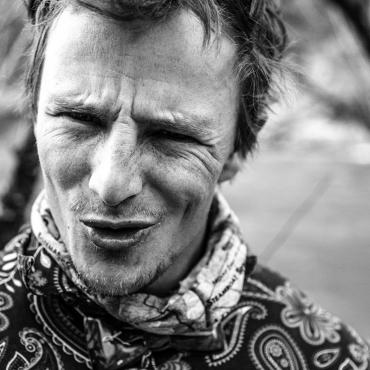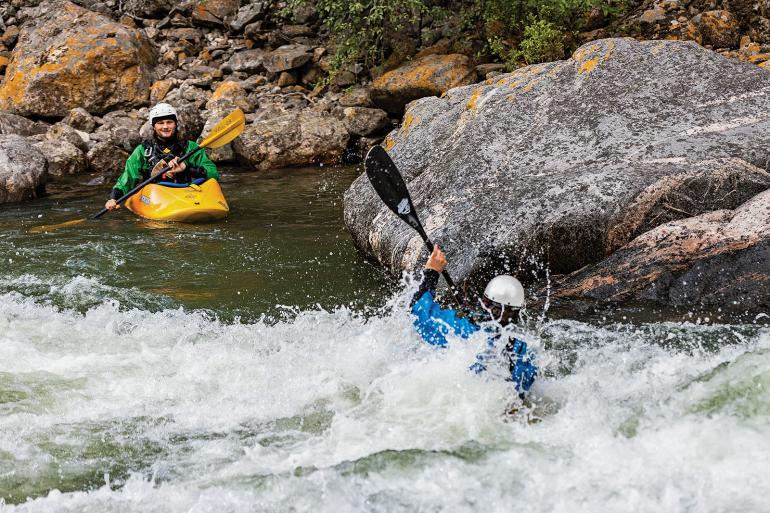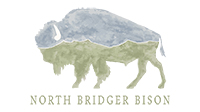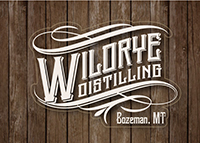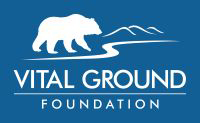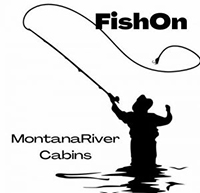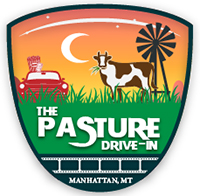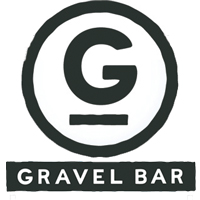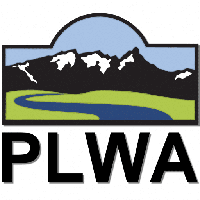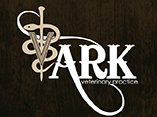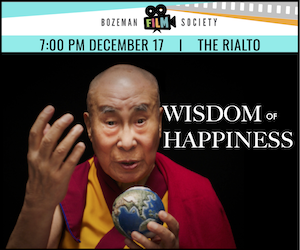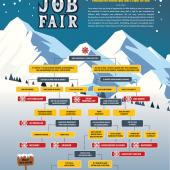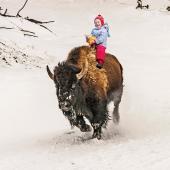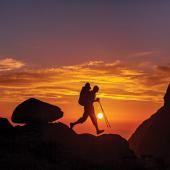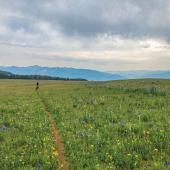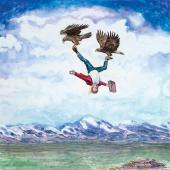The Bottom Line
Lessons from the river, for the river.
“You have a whole life in the outdoors, you realize you have a responsibility to protect these wild places.” —Yvon Chouinard
It was a warm summer evening on the Gallatin. I bobbed in the calm water above House Rock, butterflies turning in my stomach for what lay ahead. As a kayaker, I was stuck in the painfully frustrating stage between intermediate and advanced. My paddling technique was decent, but I’d yet to master my combat roll.
Cooper led the way, disappearing below the horizon line 100 feet in front of me. As I drew closer and got a better look at the precipice, I did exactly what you’re not supposed to do: panic, go far left, get spun by the eddy-line, and flip upside-down. I tried one roll, unsuccessfully, before going through the main rapid. Then another after House Rock, and one more in the trough of the lower wave. A successful roll requires proper form. Kayakers know this. I know this.
But the force of the river scared me. Its rushing hydraulics pressured me to act in a way that was counterproductive to the desired outcome. Each time I went for a roll, I rushed the setup, pulled my head too early, and wound up back where I started. After six attempts, I slammed into an exposed rock. Downriver progress halted. I was pinned.
Maybe I’m reaching for metaphors, but I can’t help comparing my after-work outing to the trajectory of the Gallatin Valley. It seems like my situation on the river is where we’re at as a society—running out of air and trying the same flawed tactics to right the boat. It’s true for our need to consume, reconciling our degradation of the landscape with the idea that good conservation happens only when resources are “used.” It’s true for following in the footsteps of corporate leadership, because at the end of the day, money talks. And it’s becoming true for our desire to recreate.
If we make recreation a priority with every environmental decision we make, we will take, take, take, until nothing is left—until we have no more air left to breathe.
At the risk of sounding like a hypocrite—the focus of this magazine is outdoor recreation, after all—I think it’s time to reconsider our priorities. Don’t get me wrong, I’ve been called an adrenaline junkie, ski bum, river rat, you name it. The people who call me these things aren’t wrong, either, but when it comes down to it, the places the activities occur in are of inherently more value than the activities themselves. Without pristine forests, we don’t have trails to wander. Without clean water, we don’t have rivers to fish. Without wildlife, we lose the very essence of Montana—and our relationship to it. So much of the West has already been swallowed up by industry and development. The land does not need a war with recreation.
I have a full-suspension mountain bike, and I love it, but maybe I don’t need to take it all over the Gallatin Range. I have three watercrafts, but maybe there’s value in steering clear of Yellowstone Park. Maybe our recreation footprint, as dearly as we love it, is already large enough. Looking forward, if we make recreation a priority with every environmental decision we make, we will take, take, take, until nothing is left—until we have no more air left to breathe.
Eventually, I pulled my skirt and resurfaced in the middle of the boulder garden, bouncing off rocks and churning through waves. The river handed me the whipping I had dealt for myself. I love the Gallatin, for its whitewater, its fishing, its resource as a main artery for the valley. But if we don’t get back to prioritizing the basics and drawing firm lines when it comes to conservation, we won’t have such a bountiful river. From a hardcore recreationist, here’s to some restraint and preserving what we have, so future generations can experience it, too.


